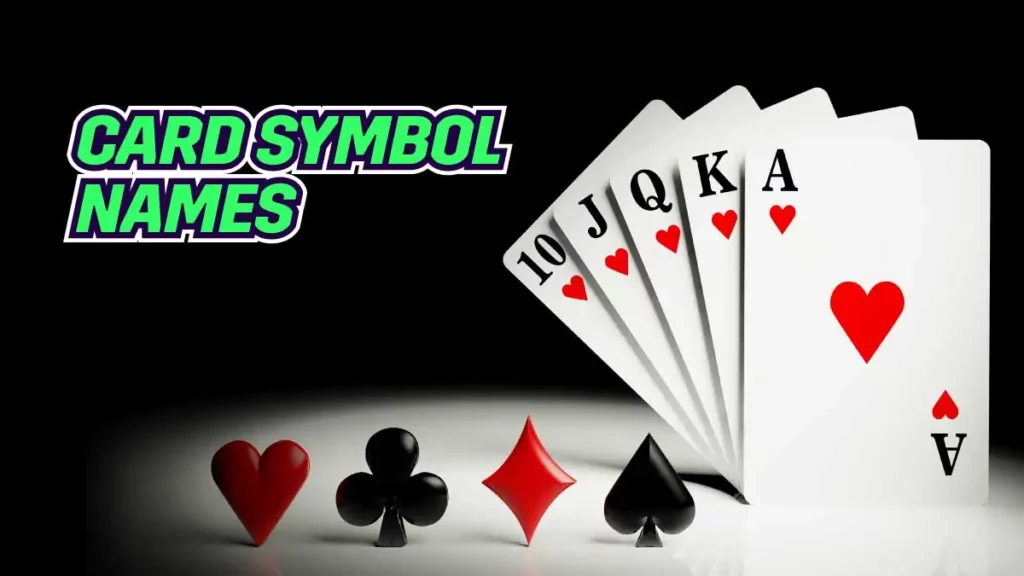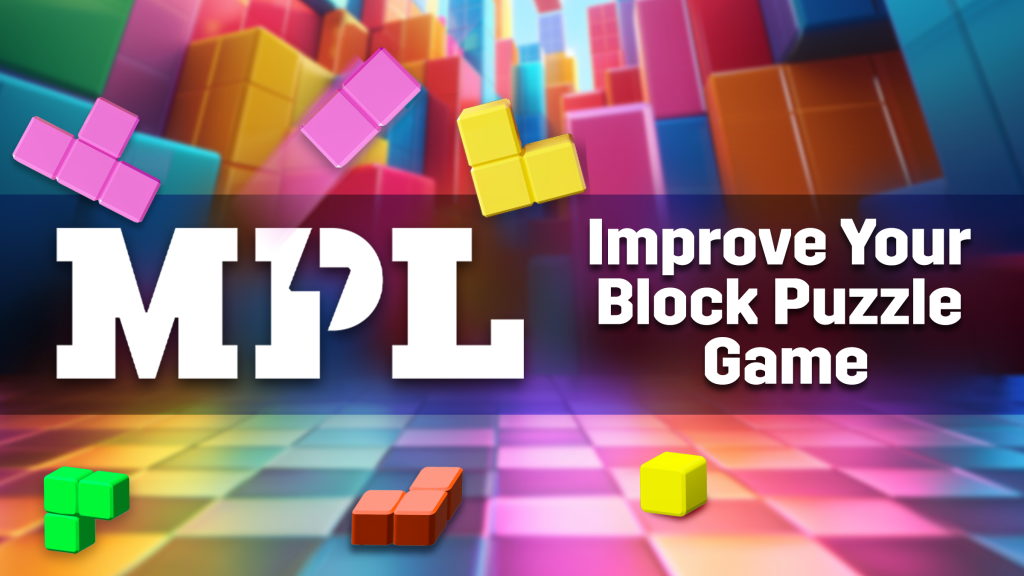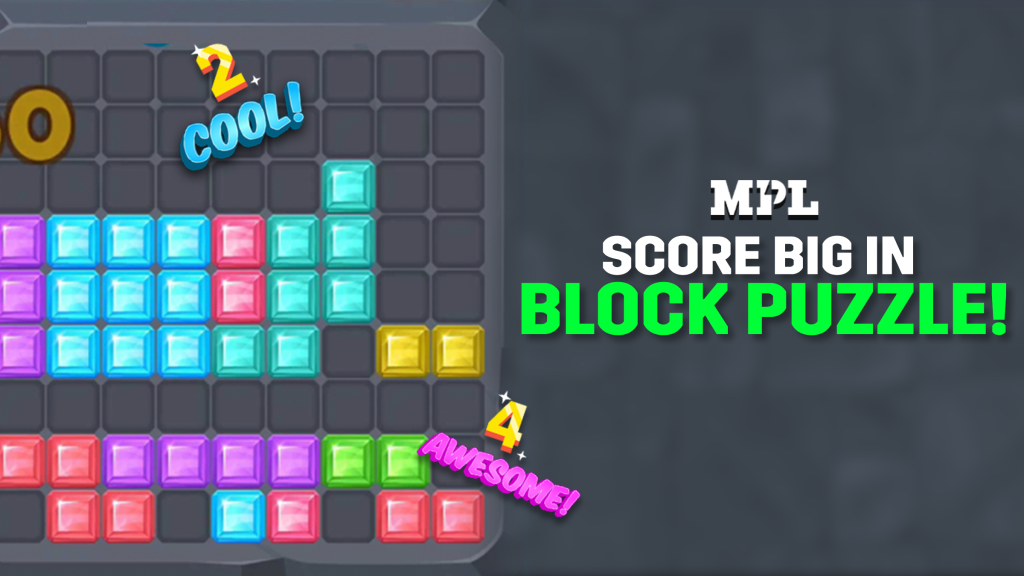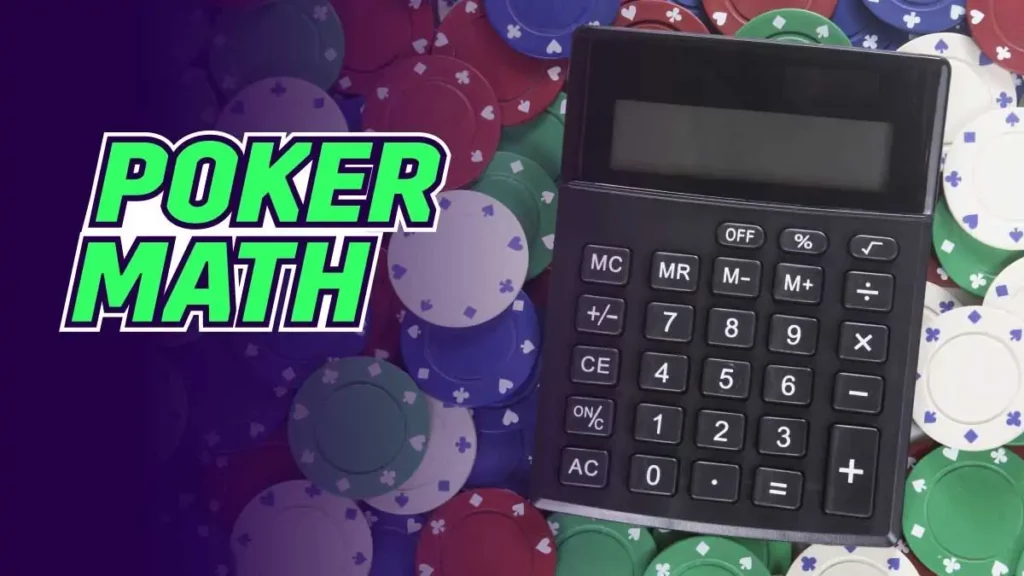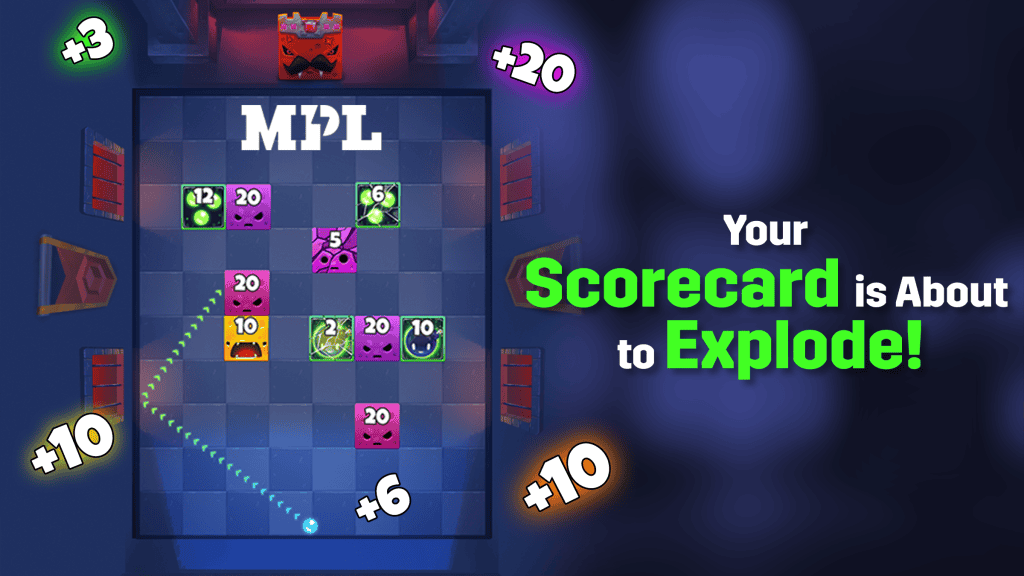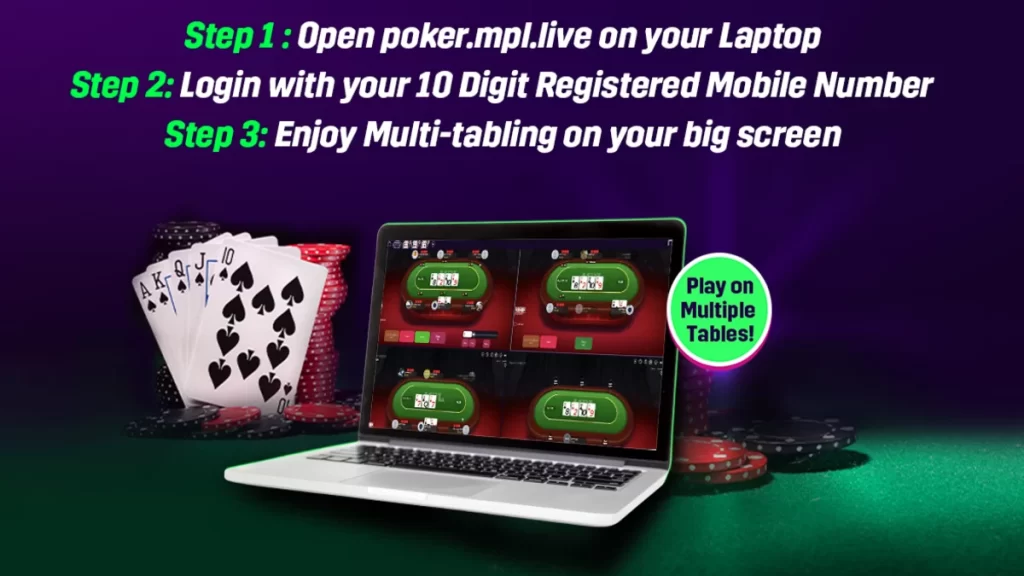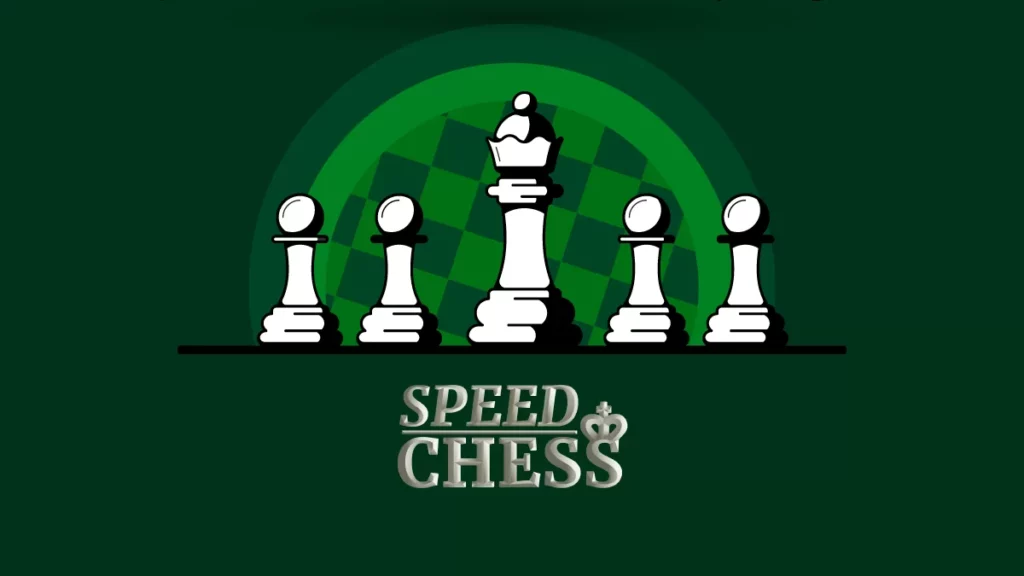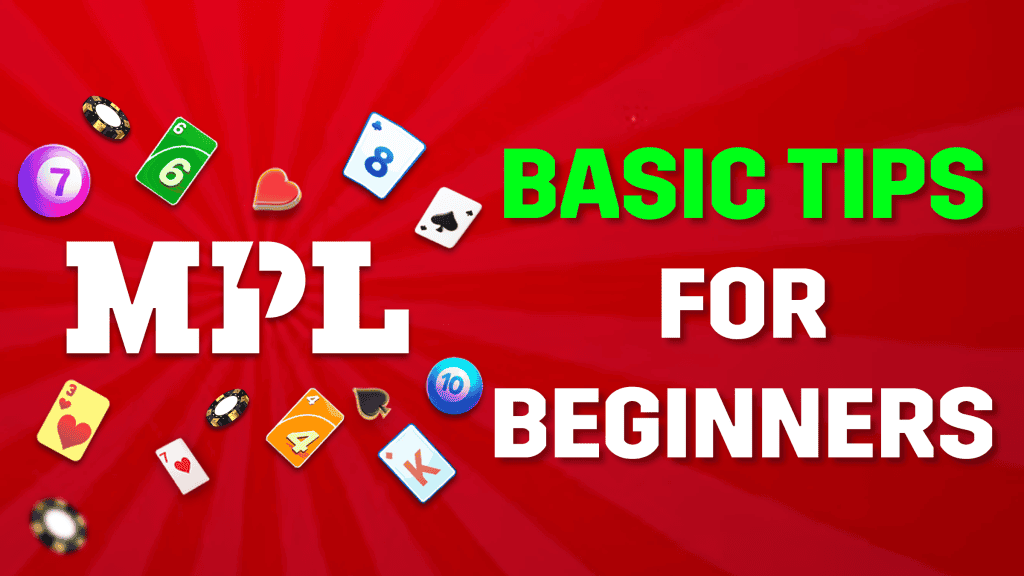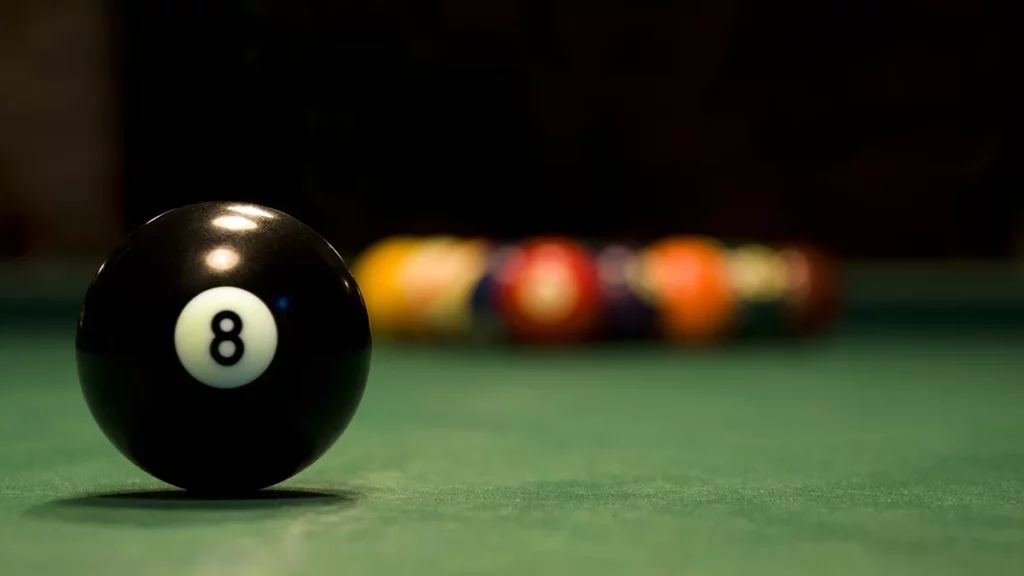Page Contents
ToggleHave you ever looked at your cards mid-game and thought – what’s with these symbols? Spades, Hearts, Diamonds, Clubs… they’re on every card, but most of us never stop to think about what they actually mean.
Whether you’re playing Rummy, Poker, or Teen Patti on MPL, you’re using the same 52-card deck that’s been around for ages. And while you’re busy planning your next move, a little knowledge about those symbols can actually help you spot patterns faster and make smarter decisions.
So let’s take a quick detour from the usual gameplay and see what your cards are really saying. It might just give you a fun edge on MPL.
Your Playing Cards Are Not Just Random Designs

When you play a card game on MPL, you’re using a standard 52-card deck just like the ones used in classic games like Rummy, Poker, and Teen Patti. Each deck has four suits: Spades, Hearts, Diamonds, and Clubs. And each suit has 13 cards, from Ace to King.
Now, this setup may look basic, but there’s a lot of thought behind it. Here’s what makes it so useful:
- First, it’s the same deck for everyone. So no one gets an unfair advantage. It’s your skills that make the difference, not the cards you’re dealt.
- The card designs are clear and easy to read. This helps you quickly spot the cards you need and make your next move without wasting time.
- With so many possible combinations, the deck allows for real strategy. Whether you’re forming sequences in Rummy or planning your hand in Poker, there’s always room for smart thinking.
- Once you know how many cards are in each suit, you can start figuring out what’s left in the game. That little bit of math can really help you stay ahead.
- Since everything is clearly designed, it’s easy to sort your cards and make quick decisions, especially helpful in fast-paced games on MPL.
- And finally, this same deck is used in card games around the world. So once you get good at it, your skills can carry over to many other card games too.
So next time you’re playing, just remember that the deck isn’t random. It’s carefully designed to give everyone a fair chance and let skill take the lead. That’s what makes winning a card game like Rummy or Poker MPL all the more satisfying.
What Do Playing Card Symbols/Suits Really Mean?
Cards have been around for hundreds of years, evolving across different cultures. While early versions had various symbols, the world eventually agreed on these four classic card suits: Spades, Hearts, Diamonds, and Clubs.
Card symbols became standard because they’re easy to recognize and help players think fast. Perfect for card games on MPL, where a few seconds can change the outcome.
Each symbol also carries a bit of historical significance:
Spades
Spades came from the symbol of a sword. Over time, they came to represent strength and wisdom. Today, it’s more about how easy they are to spot during gameplay—especially when you need to think and move quickly.
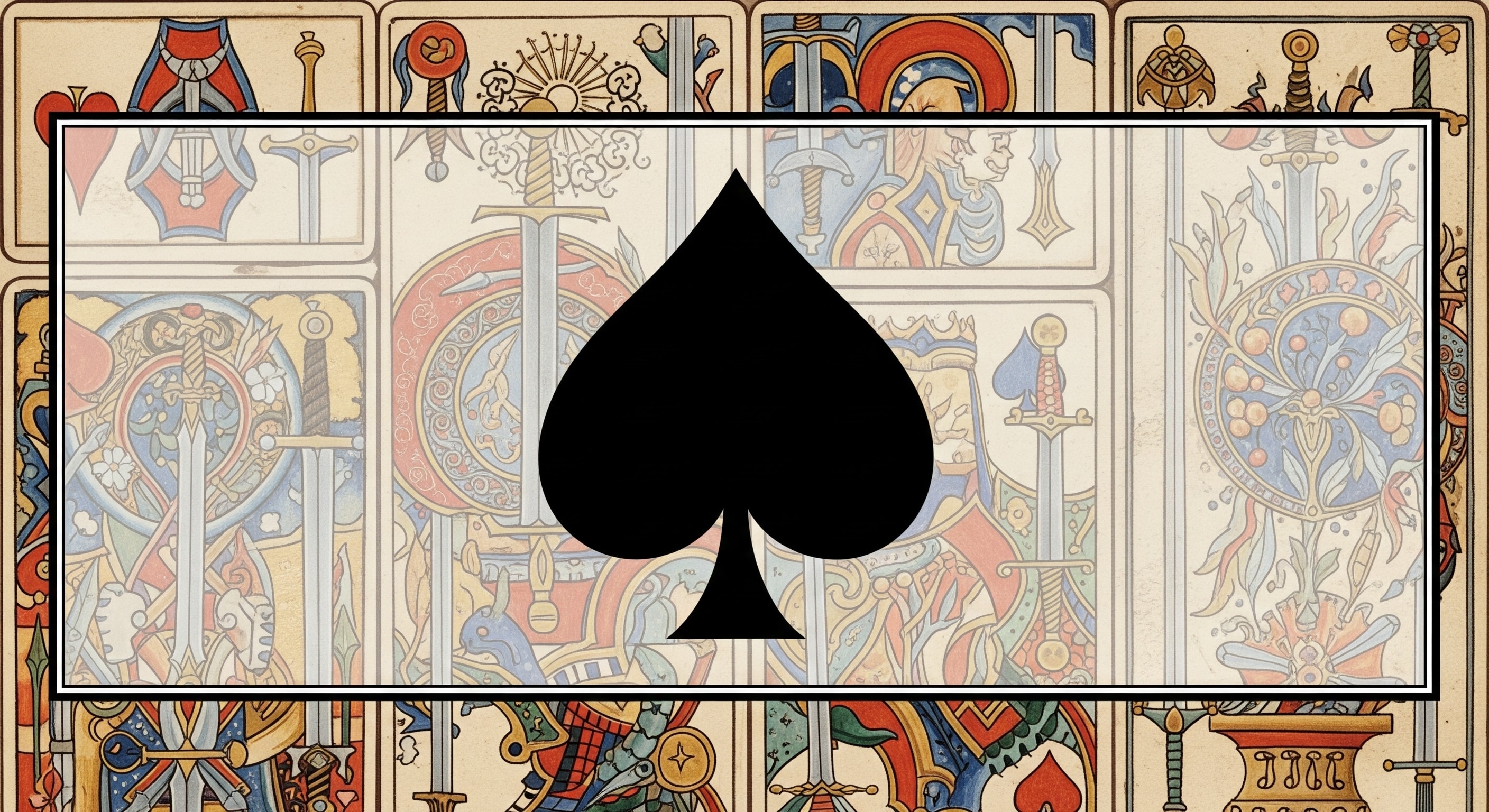
Hearts
Hearts have always stood for emotions and life. The red heart shape is one of the easiest to recognise, which helps when you’re sorting cards or forming a quick sequence.
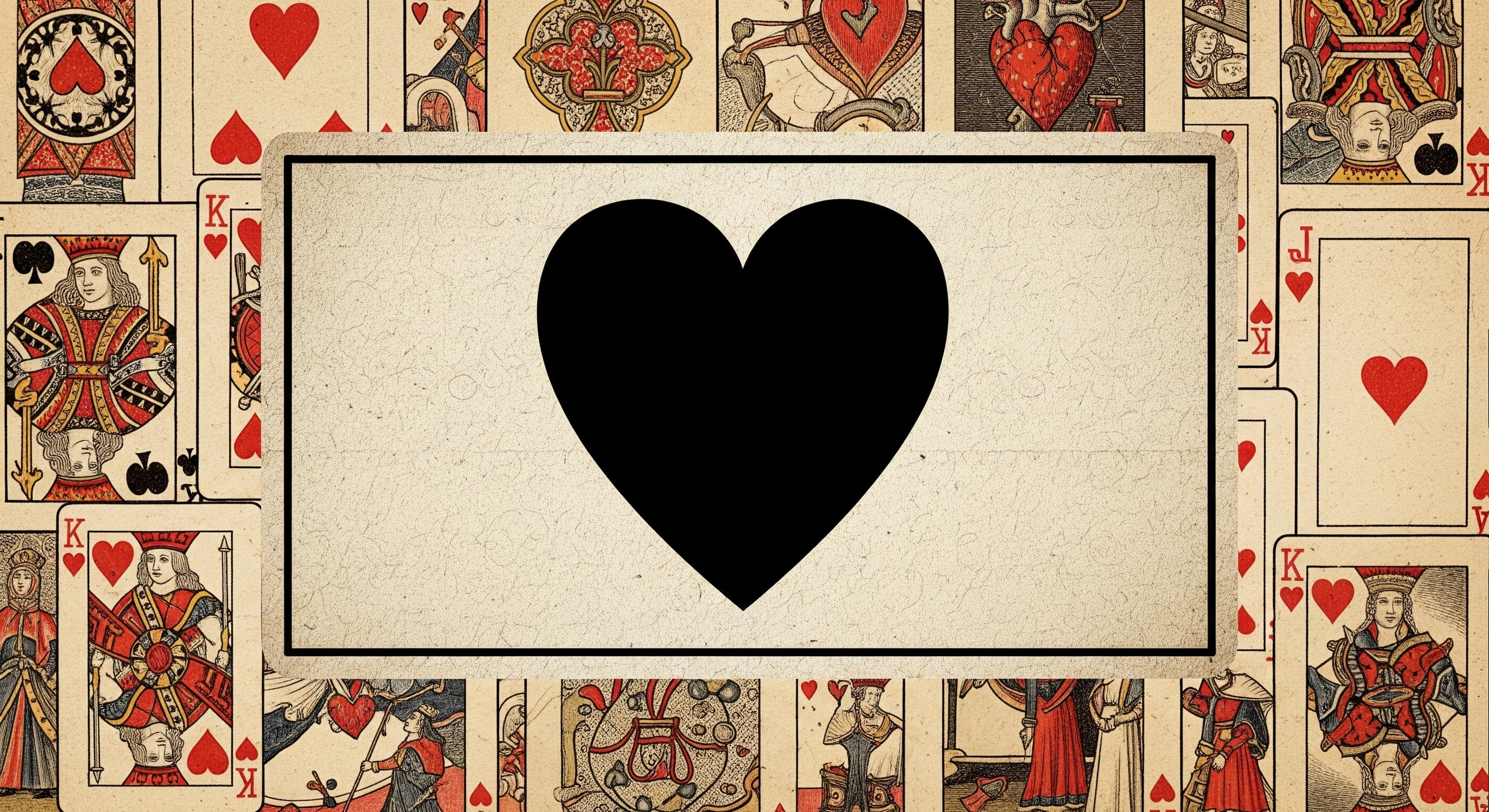
Diamonds
Diamonds used to stand for wealth and trade. That sharp, red shape really pops, making it easier to find matching cards when you’re under pressure.
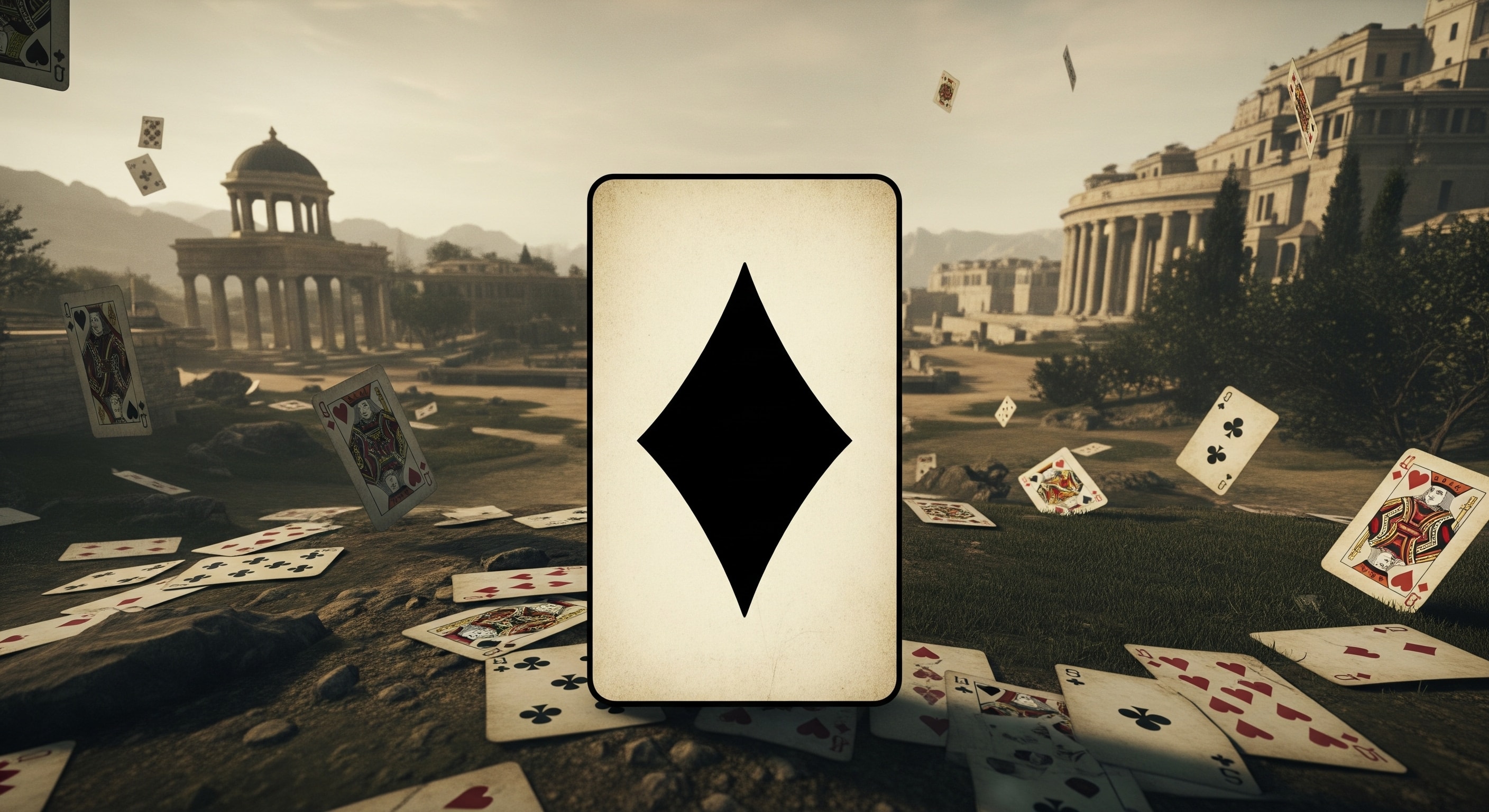
Clubs
Clubs were inspired by clovers or leaves, and they stood for everyday people. Their bold, simple shape helps you quickly sort and scan through your hand.
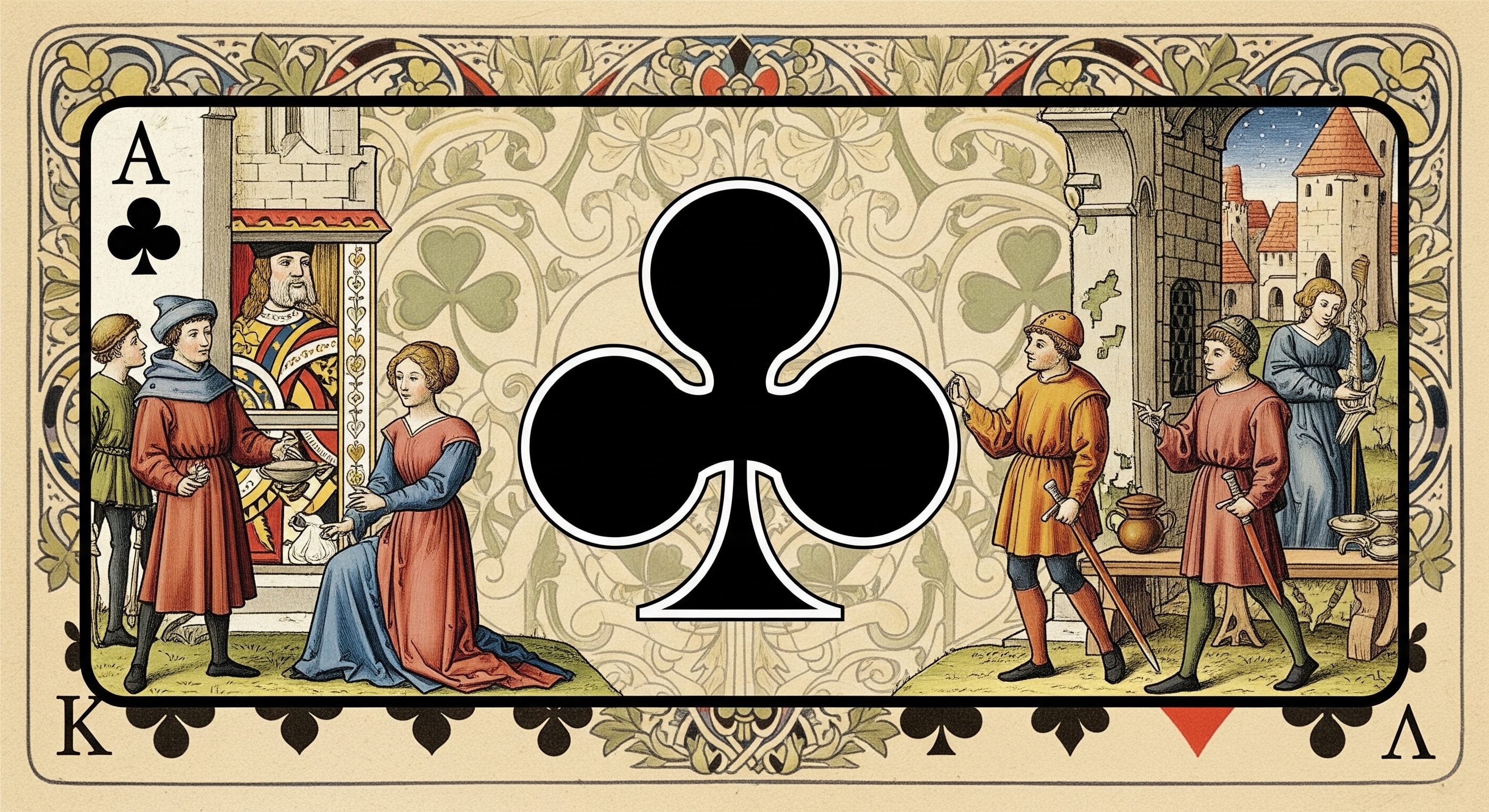
While all suits are treated equally in most MPL card games, knowing what they represent and getting familiar with how they look can make a real difference when you’re playing.
What Does Each Card in a Card Game Symbolise?
Each card in your deck has a little history and meaning behind it. Here’s a quick look:
Ace (A):
Stands for new beginnings or top power. In many games, it can be the lowest or the highest card—super flexible.
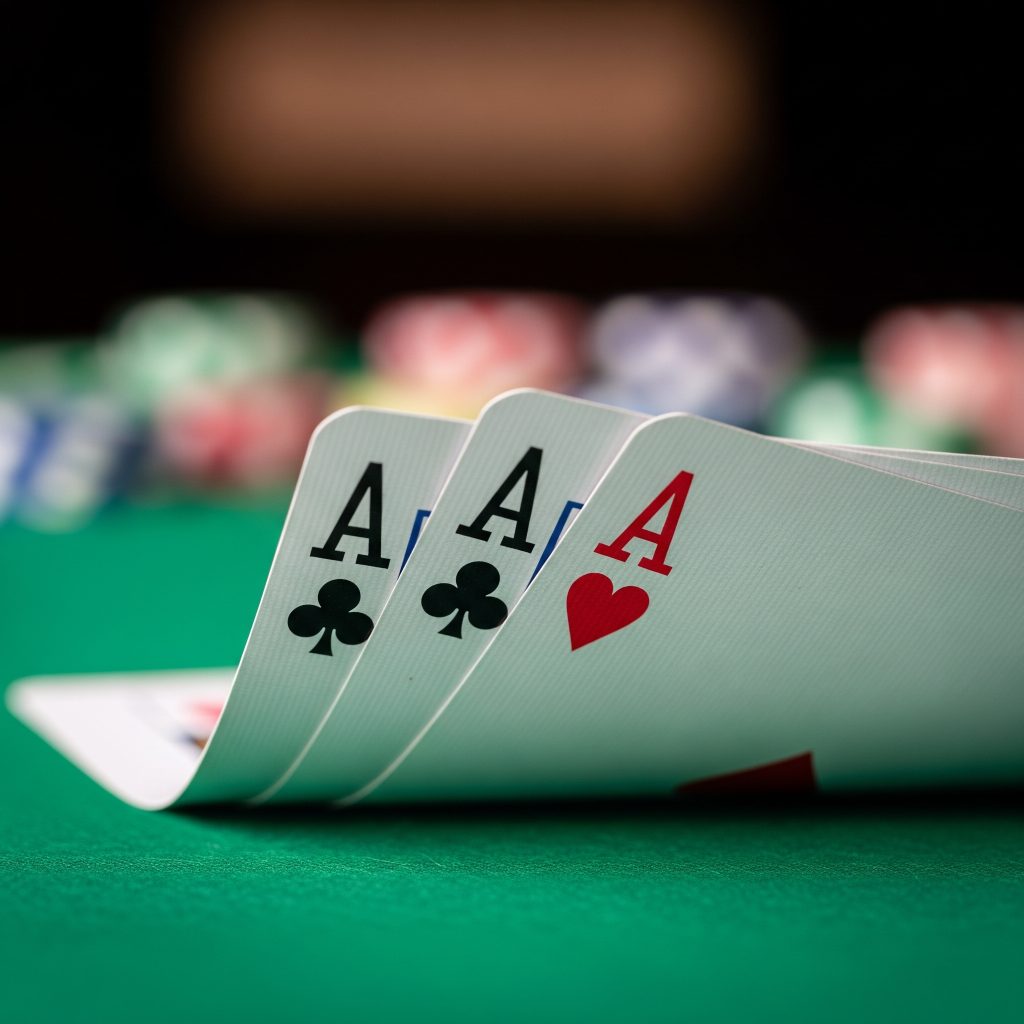
Cards 2 to 10
These represent steady progress. They may look simple, but they help build strong hands in games like Rummy and Poker.
Jack (J)
Seen as the quick and clever one. The Jack often helps complete strong hands and stands for energy or action.
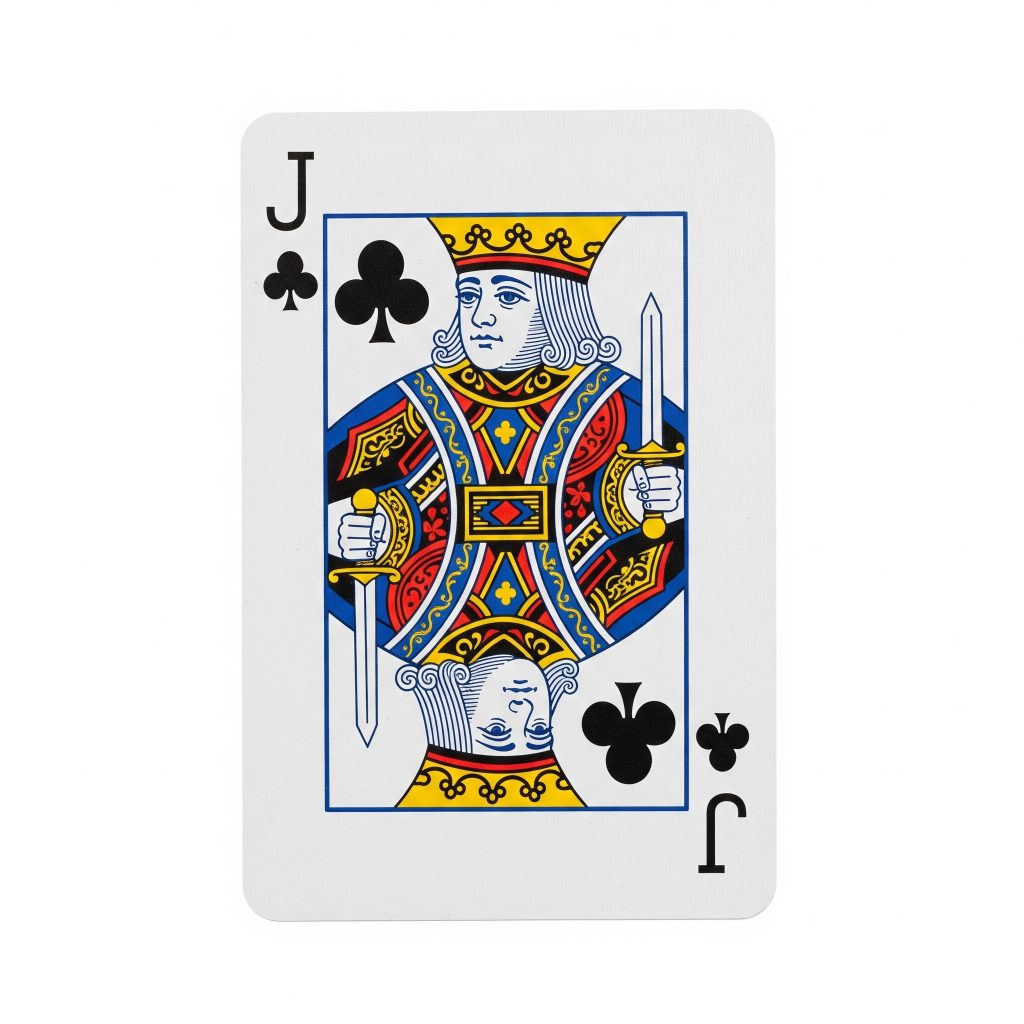
Queen (Q)
Symbol of calm, smart thinking. The Queen adds balance and strategy to your game.
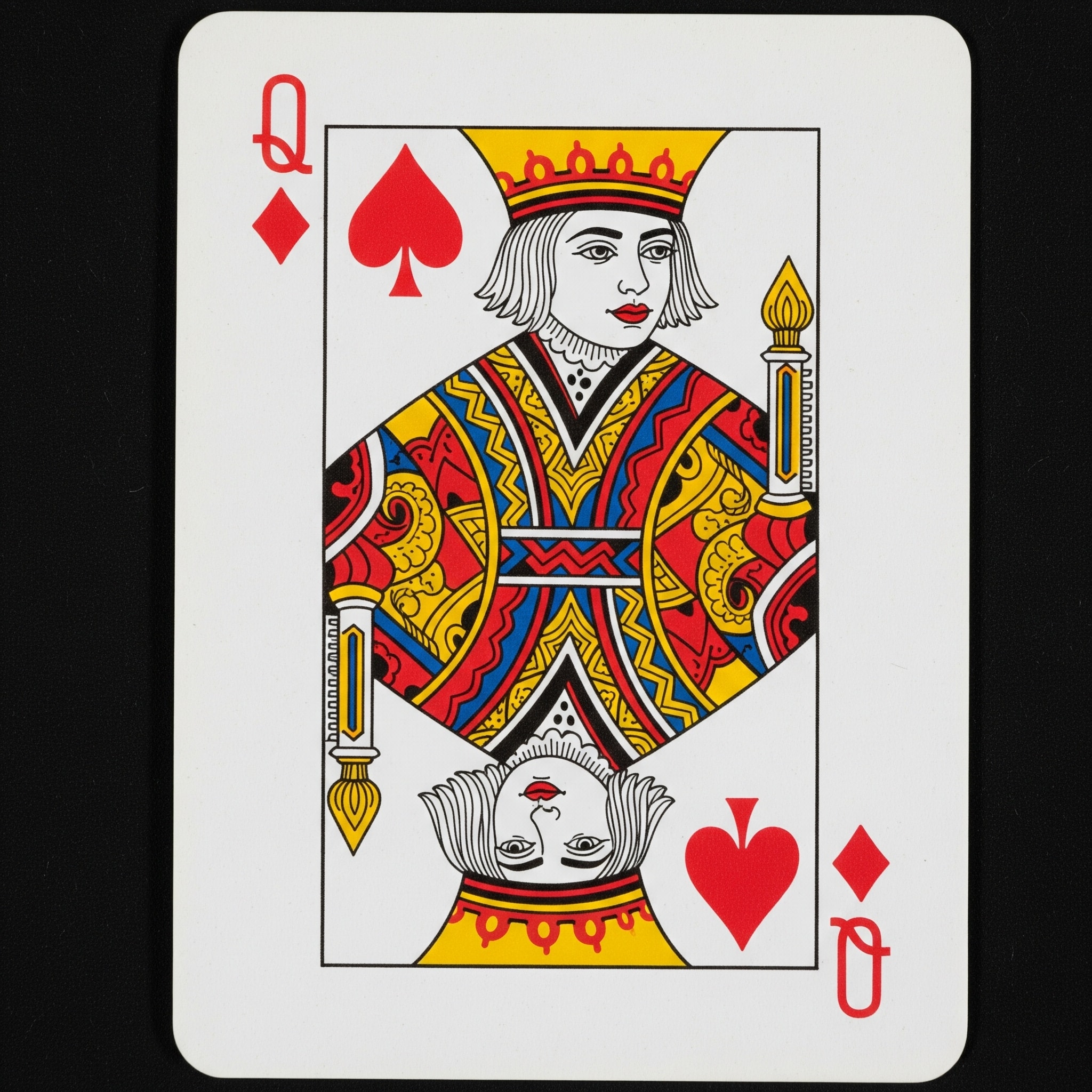
King (K)
Represents leadership and control. It’s the highest face card, often linked to power and experience.
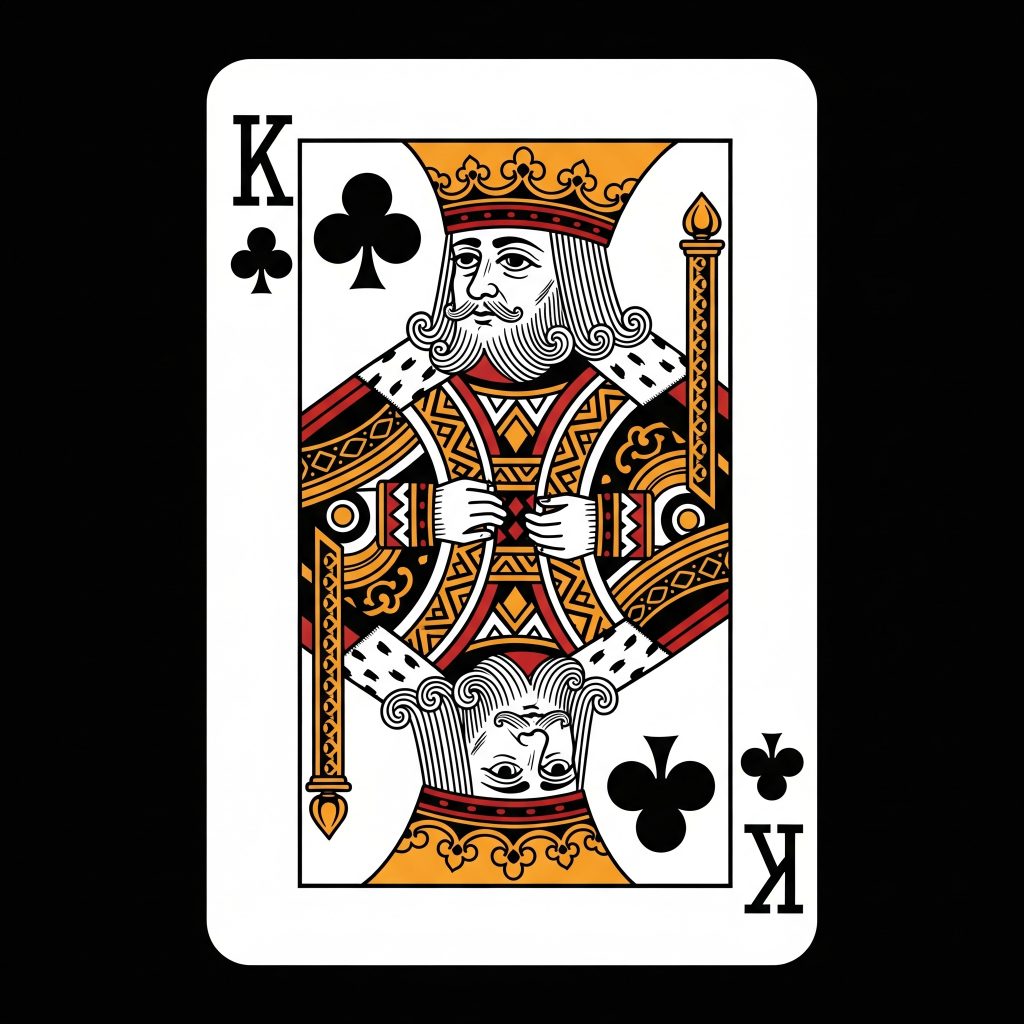
These meanings come from European royalty and society roles from centuries ago. And while suits are equal on MPL, knowing what your cards stand for just adds a fun layer to your gameplay.
Why Are There Exactly 52 Cards in a Deck?
You see 52 cards in every standard deck, but why that number? It goes way back in history. Different countries once used different-sized decks, but the 52-card format became the most popular because it just… worked. Some even believe the number matches the 52 weeks in a year.
Each suit has 13 cards, which could link to the 13 weeks in each season. And the four suits—Spades, Hearts, Diamonds, Clubs are thought to represent the four seasons.
Two Colors: Red and Black
Ever noticed how Hearts and Diamonds are red, and Spades and Clubs are black?
Some say this represents day and night, with red for daylight and black for nighttime. Whether true or not, it adds a nice touch to the balance of the deck with the colours.
What About Jokers?
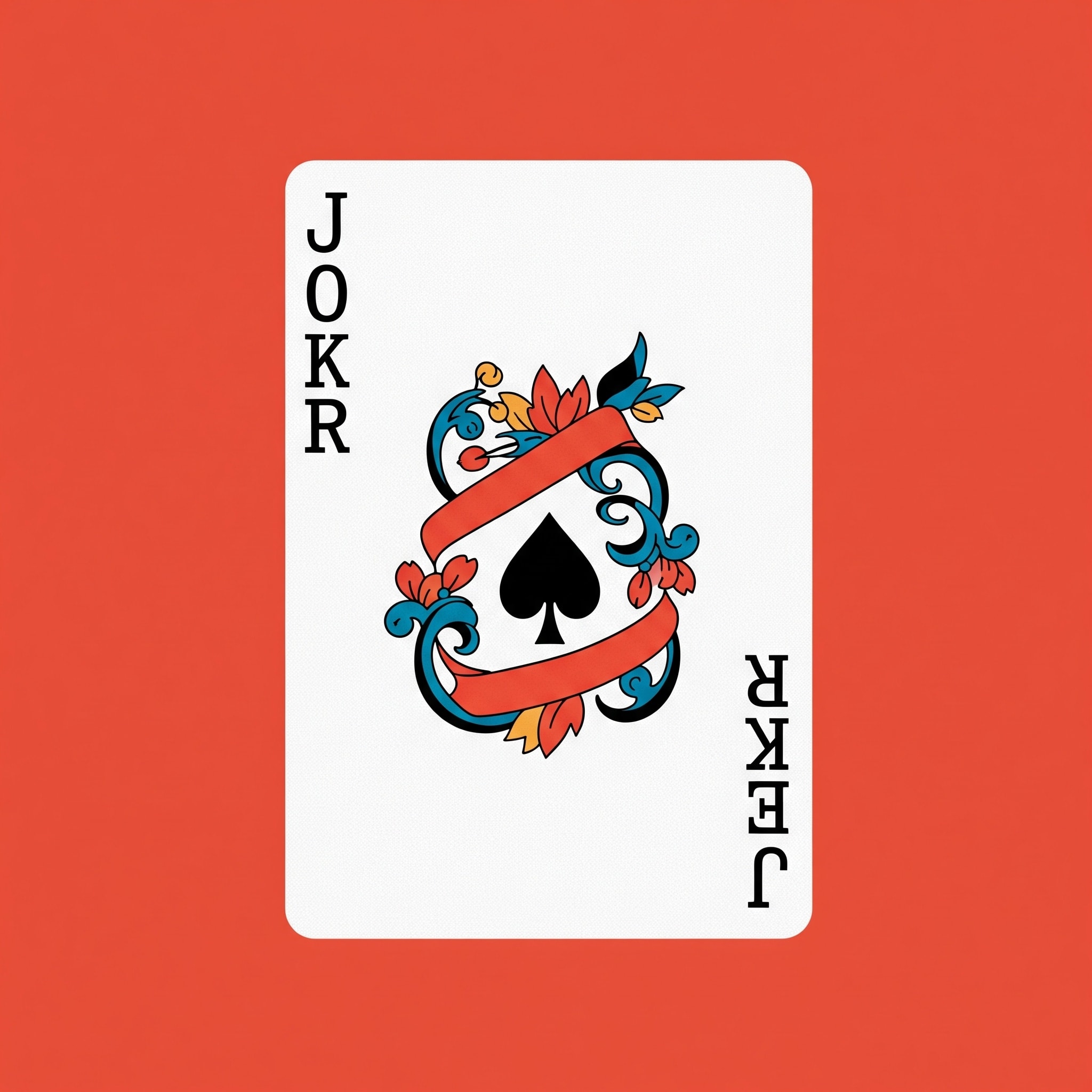
The history of Jokers in playing cards is quite fascinating. Unlike the four suits that have been around for centuries, the Joker was added much later, around the mid-1800s. Most standard decks include two Jokers, and while they aren’t always used in every game, they play an important role when included. In many games, Jokers act as wild cards, adding an extra twist to gameplay, especially in custom or casual formats. Interestingly, some theories suggest that the two Jokers represent leap years, tying into the calendar-based symbolism often linked to a 52-card deck.
Conclusion
So, the symbols on your playing cards aren’t just for show! Knowing a little about Spades, Hearts, Diamonds, and Clubs, and what each card means, can make your games on MPL even more fun and help you play smarter. It’s all about spotting details quickly and using every bit of knowledge to your advantage.
Ready to put your sharper skills to the test? Download the MPL app and jump into your favorite card game today!
FAQs
What are card suits called?
A deck of cards or a pack of cards contains four french suits. The card suits are called Spades, Hearts, Diamonds, and Clubs.
How many playing cards are there in a suit?
A deck of cards comprises 52 cards of four suits. Therefore, there are 13 cards of each suit, Ace through 2, in a 52-cards deck.
What do the four suits in playing cards represent?
The four playing card suits each have a bit of history behind them:
- Spades (♠️): From swords, they represent strength and wisdom.
- Hearts (♥️): They have always stood for emotions and life.
- Diamonds (♦️): These used to symbolize wealth and trade.
- Clubs (♣️): Inspired by clovers, they stood for everyday people.
What is the suit order in card games?
Most card games such as poker don’t follow a suit order, making all card suits equal. However, there are a few card games that follow suit order throughout the game, such as Bridge, or in certain situations, such as Seven Card Stud, where ties are broken by suit. In these games, the suit order followed from highest to lowest is Spades, Hearts, Diamonds, and Clubs.
Do the card suit symbols (Spades, Hearts, Diamonds, Clubs) affect gameplay on MPL?
Not directly. All suits are treated equally in most MPL games like Rummy and Poker. But knowing them well helps you play faster and smarter.
Why are there 52 cards in a standard deck used on MPL?
The 52-card setup gives just the right balance for fair and skill-based games. It allows for many combinations and keeps the game exciting.
What’s the meaning behind the Ace, King, Queen, and Jack cards?
These face cards come from royal history. The Ace shows power or new beginnings, the Jack is clever, the Queen is smart, and the King stands for control.

